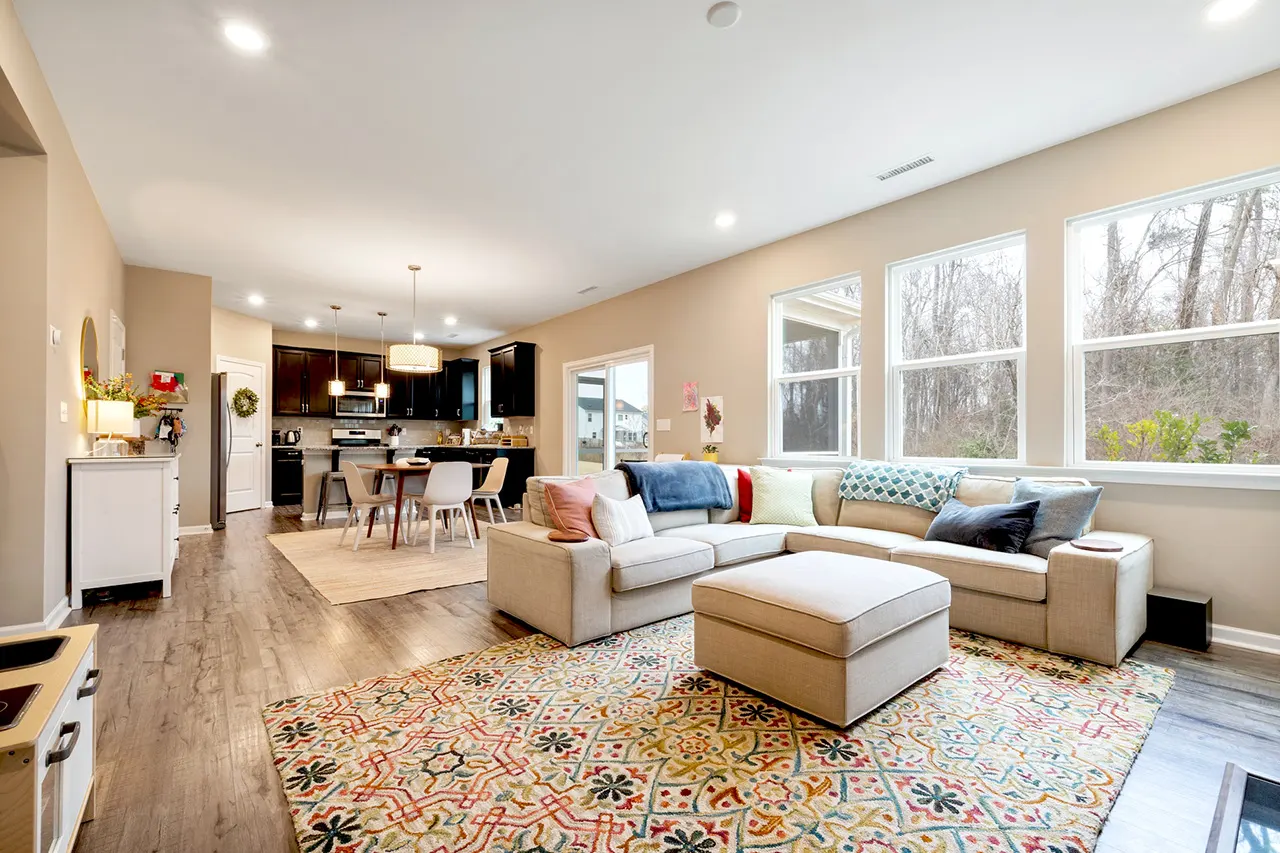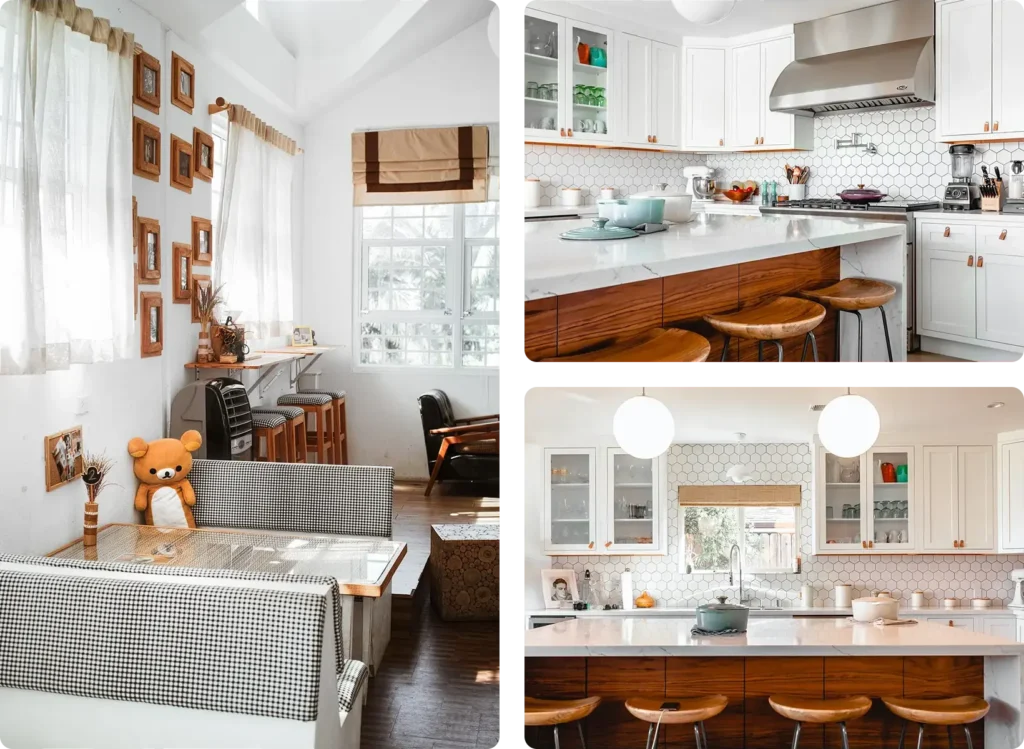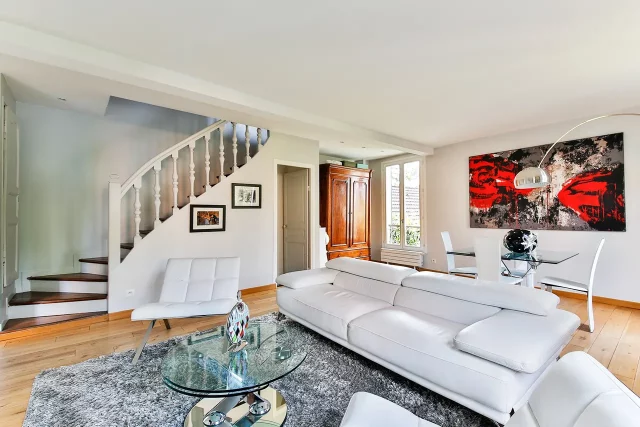
These Tips May Speed Up Your Home Sale
The cost to furnish an apartment can vary greatly depending on several factors such as apartment size, personal style preferences, quality of furniture, and whether you’re furnishing from scratch or just adding a few items. Below is a breakdown of the average costs to furnish an apartment, along with some tips to save money.

| Category | Budget Option | Mid-Range Option | High-End Option |
|---|
| Living Room | $1,000 – $2,000 | $2,500 – $5,000 | $6,000+ |
| Bedroom | $800 – $1,500 | $2,000 – $4,000 | $5,000+ |
| Dining Area | $500 – $1,000 | $1,500 – $3,000 | $4,000+ |
| Kitchen Essentials | $300 – $700 | $1,000 – $2,000 | $3,000+ |
| Bathroom Essentials | $150 – $400 | $600 – $1,000 | $1,500+ |
| Décor & Accessories | $200 – $500 | $1,000 – $2,000 | $3,000+ |
| Total | $2,950 – $6,100 | $8,600 – $17,000 | $22,500+ |
Total Costs Based on Apartment Size:
| Apartment Size | Estimated Total (Budget) | Estimated Total (Mid-Range) | Estimated Total (High-End) |
|---|
| Studio Apartment | $2,500 – $4,000 | $6,000 – $10,000 | $15,000+ |
| 1-Bedroom Apartment | $3,500 – $7,000 | $9,000 – $15,000 | $20,000+ |
| 2-Bedroom Apartment | $5,000 – $10,000 | $12,000 – $20,000 | $25,000+ |
Breakdown by Room:
Living Room
- Budget Option: $1,000 – $2,000
Includes a couch, coffee table, TV stand, and basic lighting. - Mid-Range: $2,500 – $5,000
Higher quality furniture, rug, décor, and a TV. - High-End: $6,000+
Premium furniture, custom pieces, smart home accessories.
Bedroom
-
Budget Option: $800 – $1,500
Includes a bed frame, mattress, dresser, and basic bedding.
-
Mid-Range: $2,000 – $4,000
Better quality mattress, nightstands, higher-end bedding, and décor.
-
High-End: $5,000+
Luxury furniture, custom bedding, and designer décor.
Dining Area
- Budget Option: $500 – $1,000
Includes a small dining table and chairs. - Mid-Range: $1,500 – $3,000
Larger dining sets, better quality chairs, and décor. - High-End: $4,000+
Custom furniture, lighting, and high-end tableware.
Tips to Save Money on Furnishing an Apartment:
-
Start with Essentials: Focus on buying the basics first — bed, couch, dining table, etc. You can add décor and accessories over time.
-
Buy Second-Hand: Check Facebook Marketplace, Craigslist, or thrift stores for high-quality furniture at lower prices.
-
Look for Sales: Shop during holiday sales, clearance events, and end-of-season sales to save money.
-
Use Affordable Stores: Stores like IKEA, Wayfair, and Target offer stylish furniture at lower prices.
-
Consider DIY: If you’re crafty, refurbishing old furniture can save a lot of money.
How to Be Successful in Real Estate Investment
Success in real estate investment requires a blend of strategy, knowledge, and careful planning. Here are my ten tips to help you succeed:
Real estate cannot be lost or stolen, nor can it be carried away. Purchased with common sense, paid for in full, and managed with reasonable care, it is about the safest investment in the world.
Franklin D. Roosevelt
1. Educate Yourself
-
Understand the Market: Learn about the real estate market trends, economic factors, and local conditions. This includes knowing about the different types of real estate investments (residential, commercial, industrial, etc.).
-
Financial Knowledge: Understand financing options, interest rates, and how loans work. Learn about taxes, insurance, and other financial aspects of owning property.
2. Develop a Clear Strategy
-
Set Goals: What do you want to achieve with your investments? Whether it’s cash flow, capital appreciation, or tax benefits, having a clear goal will guide your decisions.
-
Choose the Right Investment Strategy: There are different approaches like buy-and-hold, flipping, or rental properties. Determine which aligns with your risk tolerance and financial objectives.
3. Focus on Location
-
Research Locations: Location is a crucial factor. Choose areas with growth potential, strong demand, and low vacancy rates. Look for areas with good schools, infrastructure, and businesses.
-
Market Research: Look at trends in crime rates, neighborhood development, future urban planning, and other factors that can influence property values.
4. Leverage Financing Wisely
-
Understand Loan Options: Investigate different loan products to find the best fit. Don’t over-leverage yourself, as this can increase financial risk.
-
Use Leverage: Real estate investment allows you to use other people’s money (bank loans) to finance properties. However, make sure your investment can generate enough cash flow to cover the loan payments.
5. Diversify Your Investments
-
Spread Risk: Diversifying your real estate portfolio across different property types, locations, and investment strategies can help reduce risk.
-
Mix of Passive and Active Investments: Consider blending active investments (like property flipping or managing rentals) with more passive ones (such as REITs or crowdfunding platforms).
6. Manage Properties Effectively
-
Property Management: Effective management ensures that your property stays in good condition and generates consistent income. Consider hiring a property manager if you don’t have the time or expertise.
-
Maintenance and Repairs: Keeping your properties well-maintained will help retain tenants and maintain the value of your investment.
7. Start Small and Scale Gradually
-
Start with One Property: If you’re new to real estate, it’s often wise to start small with one or two properties. As you gain experience, you can scale up your portfolio.
-
Learn from Mistakes: Real estate investments come with risks. If you make mistakes, treat them as learning experiences and adjust your strategy.
8. Network and Learn from Others
-
Real Estate Groups and Forums: Connect with other investors, real estate broker – Nidhi Joshi to learn from their experiences.
-
Mentorship: Seek advice from successful investors or hire a mentor to guide you through the process.
9. Be Patient and Persistent
-
Long-Term Approach: Real estate is often a long-term investment. It can take time for properties to appreciate or generate consistent cash flow.
-
Stay Persistent: Success doesn’t happen overnight, so stay focused on your goals and adjust your strategy as needed.
10. Understand the Legal and Regulatory Environment
-
Know Local Laws: Be familiar with zoning laws, rent control policies, property taxes, and tenant rights in your area.
-
Contract and Lease Terms: Ensure that you understand the terms of your purchase agreements, leases, and any legal obligations involved.
By consistently educating yourself, making informed decisions, and maintaining a disciplined approach, you’ll increase your chances of achieving success in real estate investment.




Leave a Reply